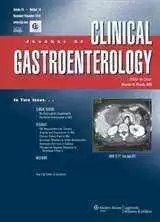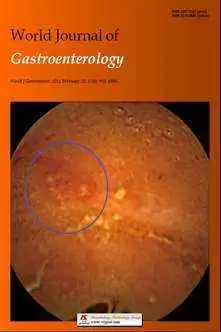Celiac.com 04/23/2012 - Aberrant intra-epithelial lymphocytes (IELs) are one of the major features of refractory celiac disease type II RCDII. They are categorized as pre-malignant cells, which can give rise to aggressive enteropathy-associated T cell lymphoma (EATL).
 A medical research team recently studied the origin and immuno-phenotype of aberrant IEL in RCDII patients. The research team included G.J. Tack, R.L. van Wanrooij, A.W. Langerak, J.M. Tjon, B.M. von Blomberg, D.A. Heideman, J. van Bergen, F. Koning, G. Bouma, C.J. Mulder, and M.W Schreurs. They are affiliated with the Gastroenterology and Hepatology, VU University Medical Center, The Netherlands.
A medical research team recently studied the origin and immuno-phenotype of aberrant IEL in RCDII patients. The research team included G.J. Tack, R.L. van Wanrooij, A.W. Langerak, J.M. Tjon, B.M. von Blomberg, D.A. Heideman, J. van Bergen, F. Koning, G. Bouma, C.J. Mulder, and M.W Schreurs. They are affiliated with the Gastroenterology and Hepatology, VU University Medical Center, The Netherlands.
Celiac.com Sponsor (A12):
The team set out to better understand the origin and characteristics of aberrant IELs by scrutinizing T-cell receptor (TCR) rearrangements, and through immunophenotypic analysis of aberrant IELs.
For their study, the team looked for TCR delta, gamma, and beta rearrangements in duodenal biopsies from 18 RCDII patients. they also analyzed three RCDII cell lines.
They also conducted phenotypical analysis on IELs isolated from biopsies taken from RCDII patients.
They found that aberrant IELs showed an increased expression of granzyme B, along with a reduced expression of PCNA. Biopsies of RCDII patients showed heterogenic TCR rearrangements in the aberrant IEL cells. The researchers suggest that this is likely due to a variation in maturity. Similarly, RCDII cell lines showed a heterogenic TCR rearrangement pattern.
From their data, the team concludes that aberrant IELs originate from deranged immature T lymphocytes and show clear differentiation to a cytotoxic phenotype.
Among RCDII patients, aberrant IELs showed different stages of maturity, and only the patients who had the most mature aberrant IEL cells developed an EATL.
Source:
- Open Original Shared Link.









Recommended Comments